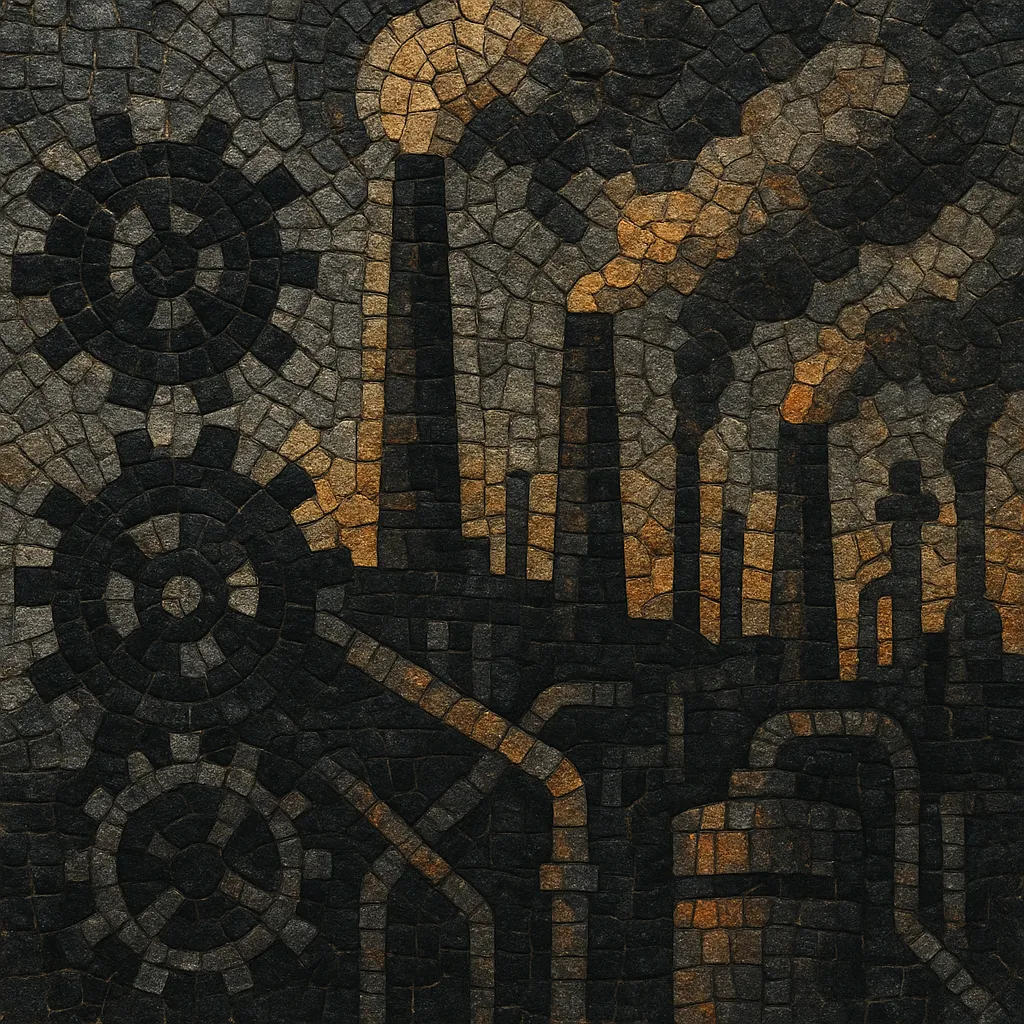Industrial hardcore is a harsher, more mechanical branch of hardcore techno that fuses the relentless tempo and distorted kick drums of gabber with the textures, noise treatments, and dystopian atmospheres of industrial and EBM.
Characterized by overdriven 909-style kicks, metallic percussion, clangorous samples, and aggressive sound design, it favors bleak timbres, dissonance, and machine-like grooves over melodic content. Compared with mainstream hardcore, it is slower to mid-fast or equally fast but darker and grittier; compared with industrial techno, it is more distorted, percussively dense, and structurally oriented toward harder drops and rave energy.
Industrial hardcore emerged in the early 1990s as scenes around Rotterdam/The Hague (Netherlands), Belgium, and Germany cross-pollinated hardcore techno/gabber with industrial and EBM. Labels and crews such as Industrial Strength Records (founded in New York in 1991 by Lenny Dee but tightly connected to the European hardcore circuit), Planet Core Productions (Germany), and Dutch hardcore hubs helped define a darker, noisier strain distinct from mainstream gabber.
As gabber reached commercial peaks, a faction doubled down on abrasion and atmosphere—favoring overdriven kicks, metallic hits, and dystopian samples. Producers like Delta 9, DJ Skinhead, Disciples of Annihilation, and The DJ Producer pushed the sound toward greater intensity, while Dutch figures around Ruffneck nurtured a darker aesthetic on specialized labels that kept the style underground.
Through the 2000s, acts such as The Outside Agency refined production and tempo control, stabilizing a signature sound: industrial textures at hardcore energy levels. Dutch labels (e.g., Enzyme X, Genosha) and UK/European imprints connected industrial hardcore with experimental hardcore, breakcore, and the emerging crossbreed between DnB and hardcore. The music remained club-functional but increasingly meticulous in sound design.
In the 2010s, industrial hardcore intersected with industrial techno and PRSPCT-style crossbreed: gritty kicks and mechanical atmospheres appeared in both rave warehouses and techno basements. Artists like I:Gor and KRTM bridged audiences, while modern mastering and hybrid live/DJ setups preserved the genre’s brutal clarity. Today, industrial hardcore endures as the grimy, noise-driven backbone of the harder underground, informing terrorcore/speedcore on one side and heavy industrial techno on the other.


